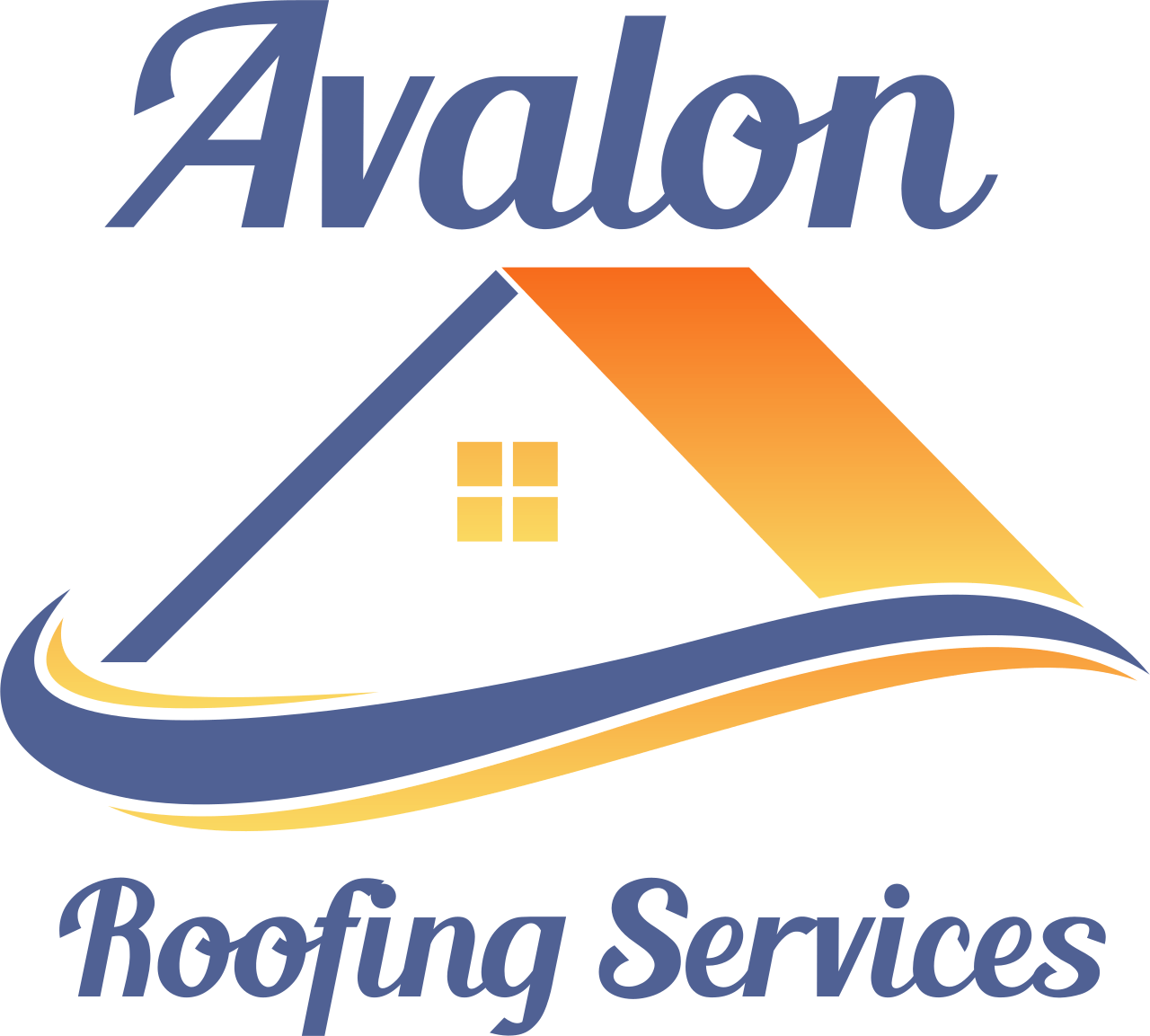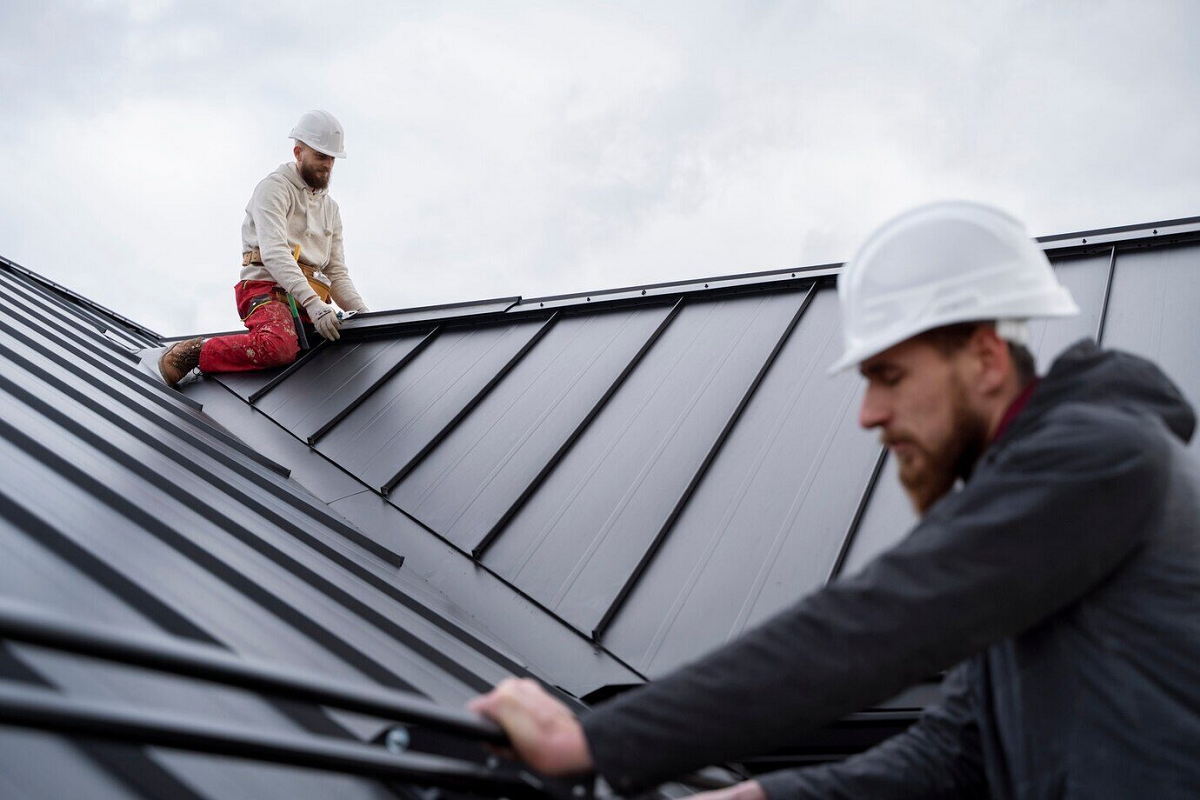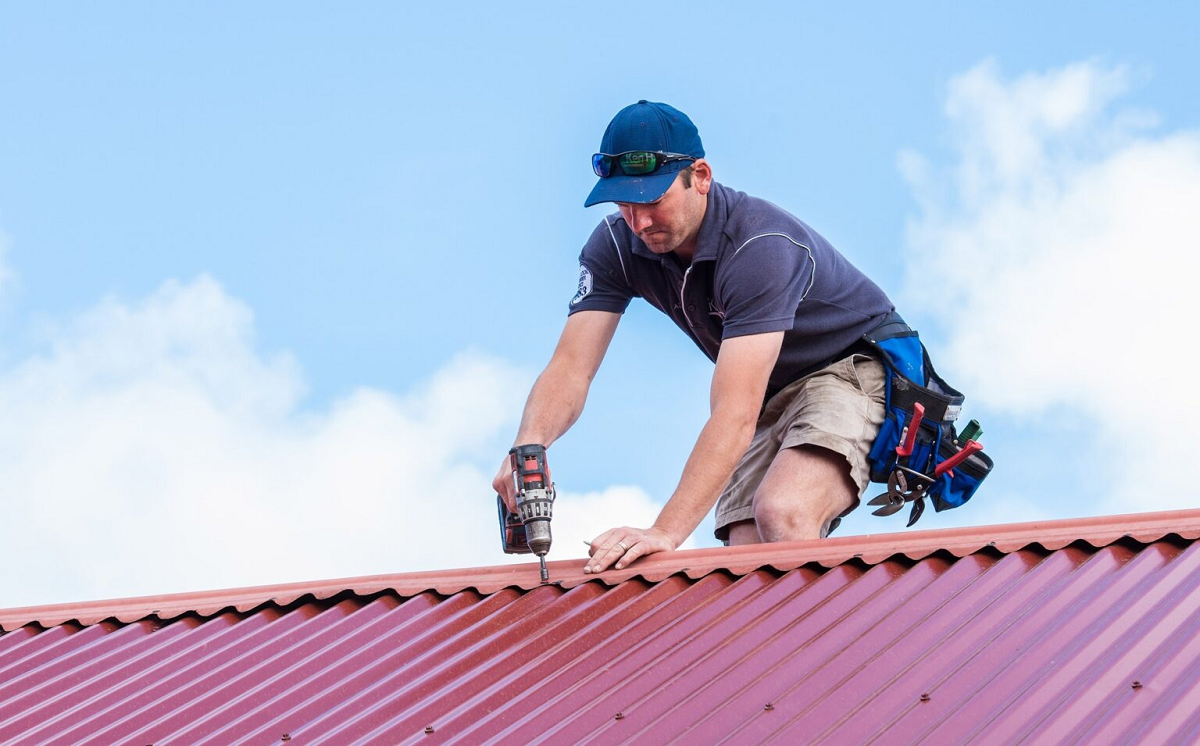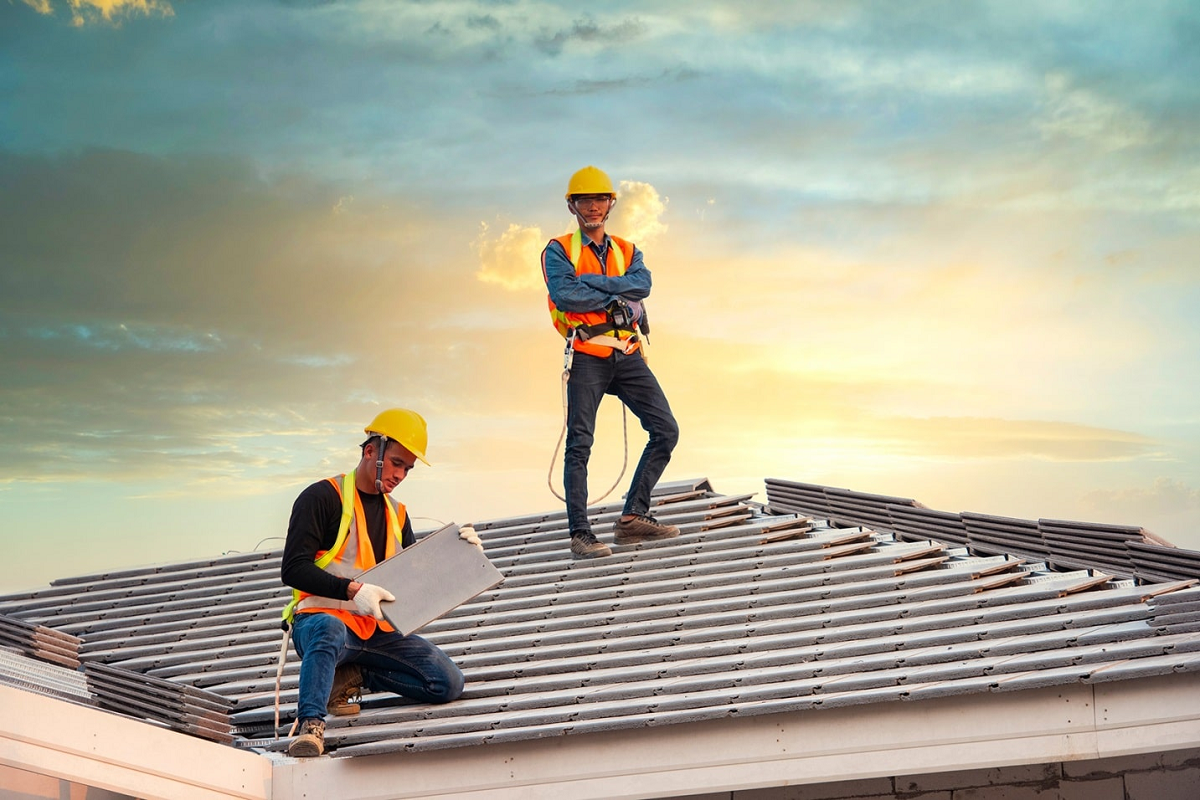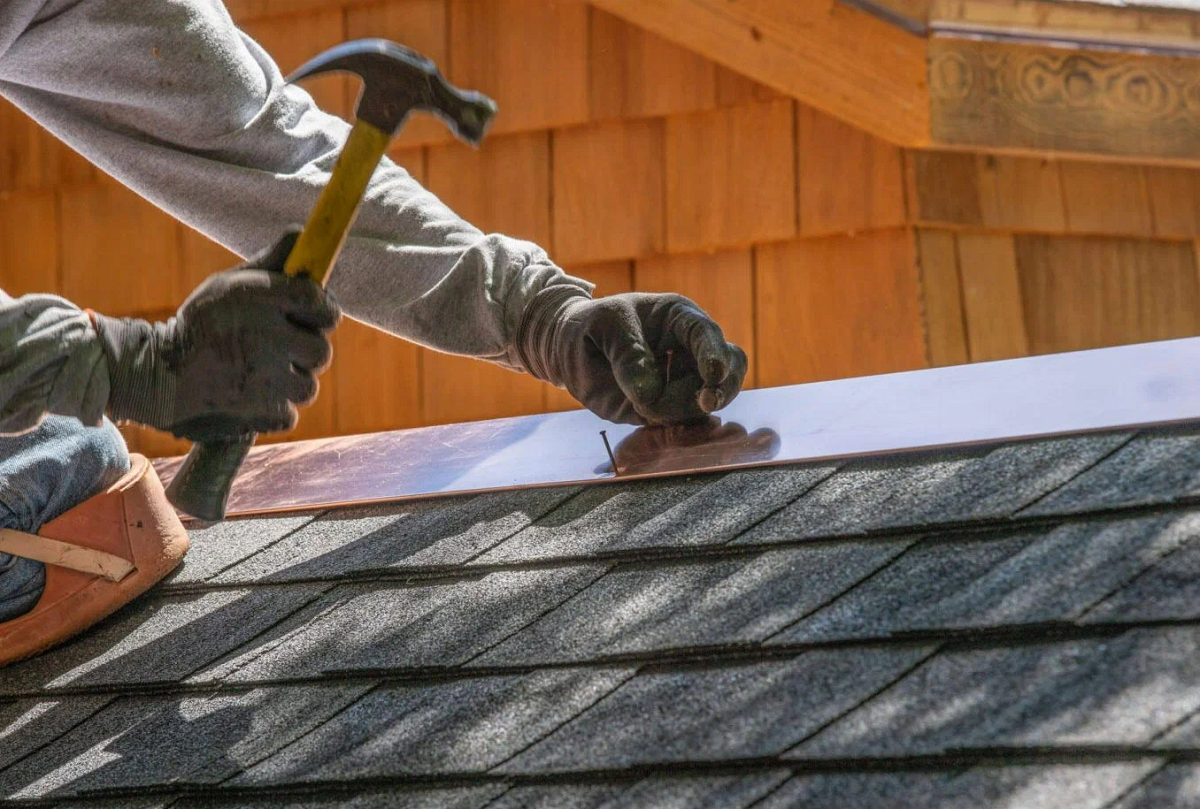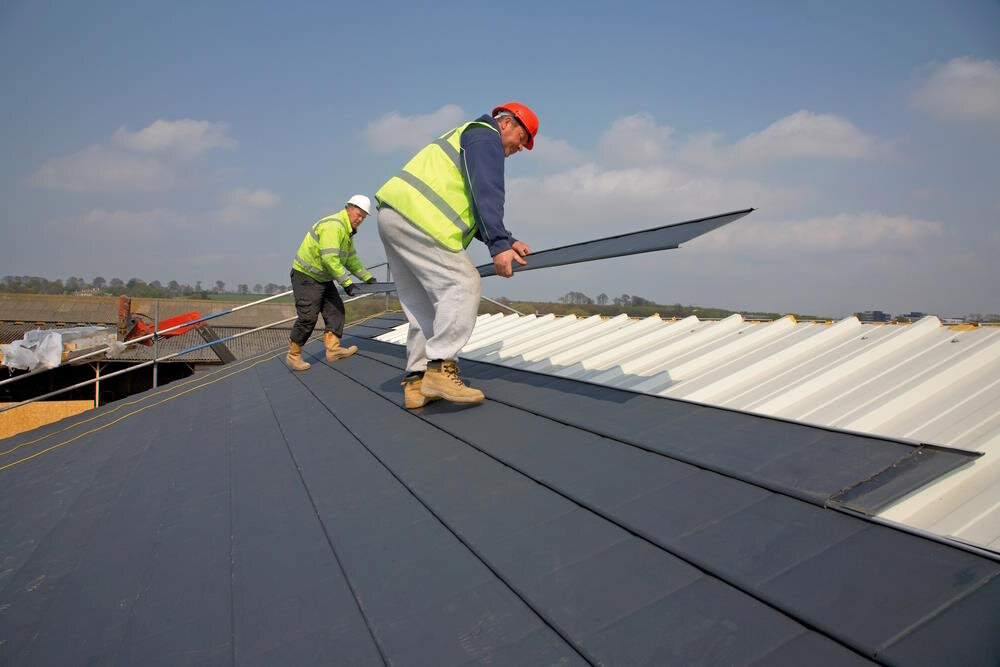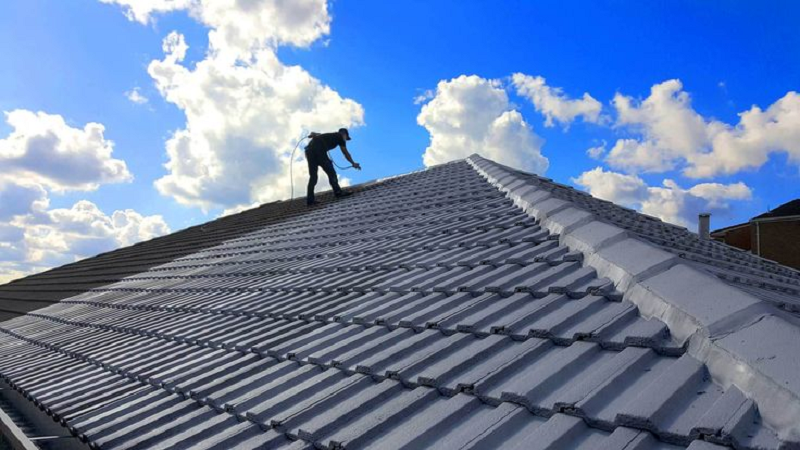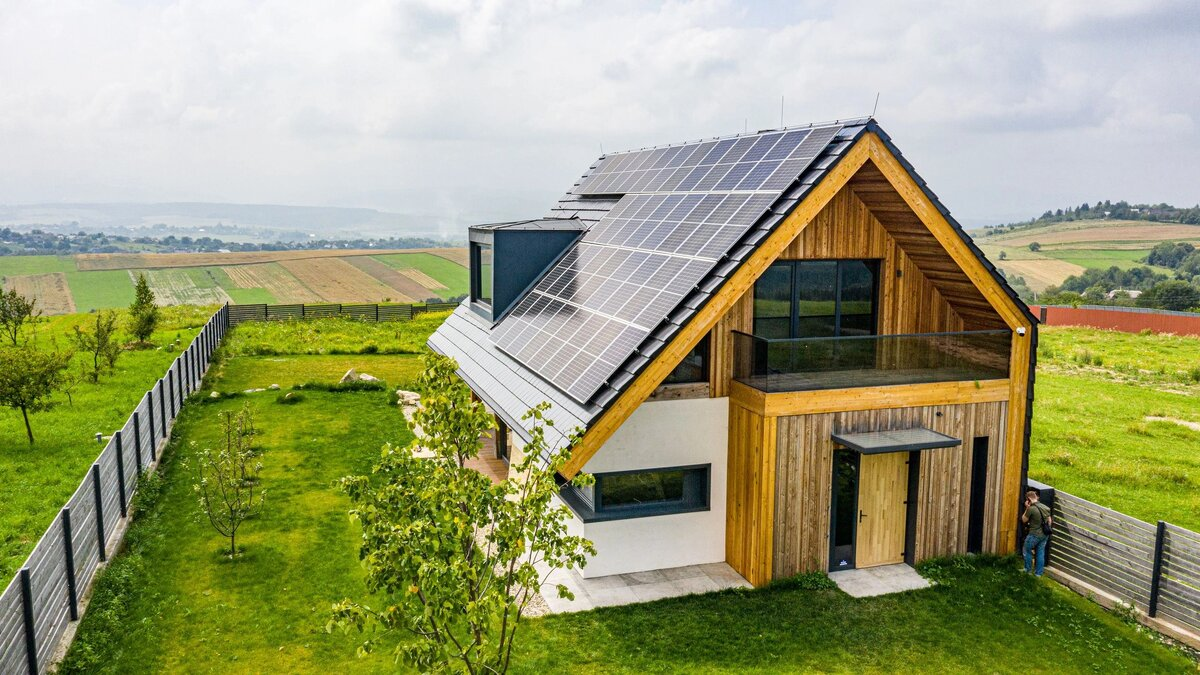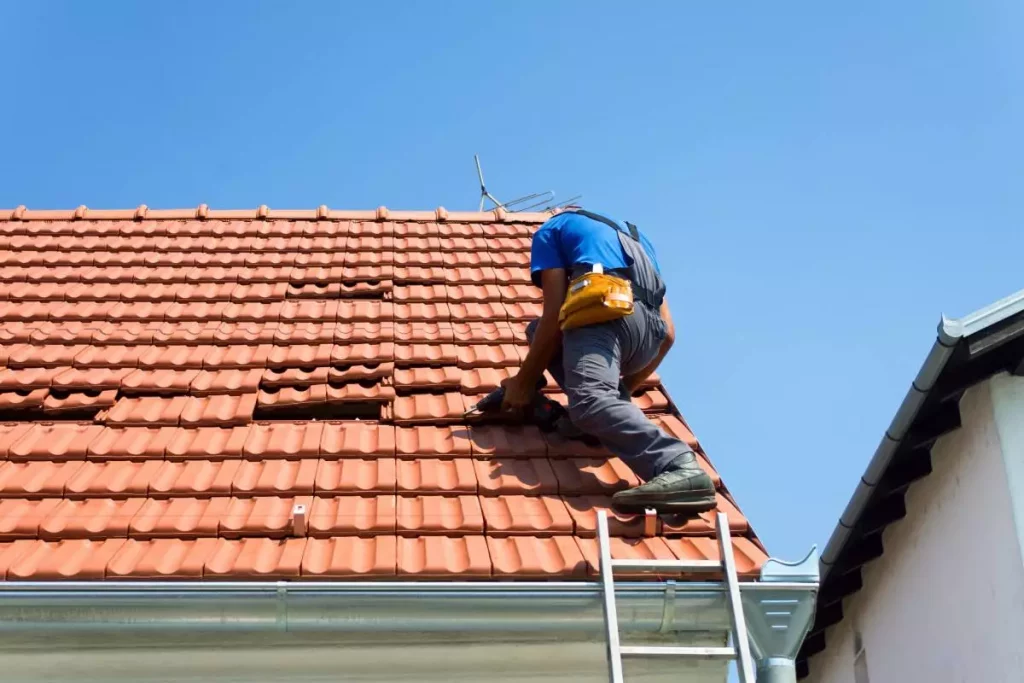CA. LIC#: 1075996
Decoding Durability: Roofing Material Comparison
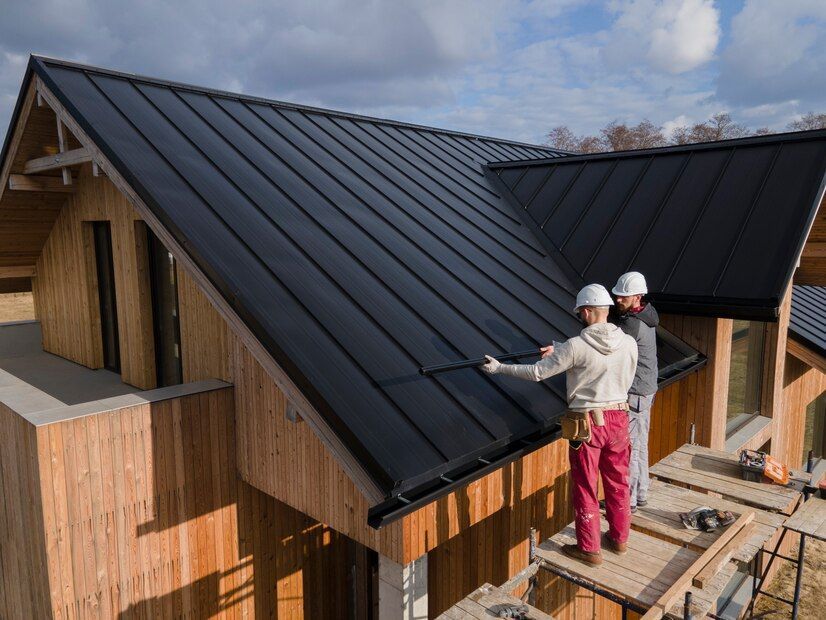
In the realm of construction and home improvement, the choice of roofing materials stands as a pivotal decision for homeowners and builders alike. Decoding durability in roofing materials is not merely about finding the sturdiest option but also understanding the nuances that distinguish one material from another. Each roofing material brings its own set of characteristics and benefits to the table, catering to different climates, aesthetic preferences, and budget constraints.
From classic asphalt shingles to eco-friendly options like metal and tile, the spectrum of choices can be overwhelming. Factors such as longevity, maintenance requirements, and environmental impact play significant roles in determining which material best suits a particular project. By comparing these roofing materials side by side, we can unravel their strengths and weaknesses, helping you make an informed decision that aligns with your priorities and vision for your home's exterior.
Join us as we delve into the intricacies of roofing material durability, offering insights that empower you to navigate this essential aspect of home construction with confidence.
Importance of Roofing Material Selection
The choice of roofing material holds profound significance for homeowners and builders alike, influencing not only the aesthetic appeal of a structure but also its long-term durability and maintenance requirements.
Selecting the right roofing material involves considering factors such as climate, local weather conditions, budget constraints, and personal preferences. A well-chosen material can enhance energy efficiency, improve indoor comfort, and significantly impact the overall value of the property.
Moreover, durability in roofing materials isn't just about strength; it's about finding a balance between initial cost, lifespan, and performance under varying environmental stresses. By understanding the importance of this decision, homeowners can make informed choices that align with their specific needs and contribute to the longevity and sustainability of their homes.
Factors Affecting Roofing Durability
Roofing durability is influenced by various factors that homeowners and builders should carefully consider. These factors play a crucial role in determining how well a roof withstands the elements and maintains its integrity over time.
- Material Composition: Different roofing materials, such as asphalt shingles, metal, clay tiles, and slate, vary in their durability based on their inherent properties and resistance to weathering.
- Quality of Installation: Proper installation by experienced professionals ensures that roofing materials perform optimally and are less prone to premature failure or damage.
- Regular Maintenance: Consistent upkeep, including inspections for damage, cleaning gutters, and replacing worn-out components, extends the lifespan of roofing materials.
- Exposure to Elements: Environmental factors like sunlight, moisture, wind, and temperature fluctuations can impact roofing materials differently, affecting their longevity.
- Local Climate Conditions: Roofing materials should be selected based on their ability to withstand specific climate challenges, such as heat, cold, rain, snow, or high winds.
Understanding these factors allows homeowners to make informed decisions when choosing roofing materials and implementing maintenance practices that enhance durability and protect their investment over time.
Comparative Longevity of Roofing Materials
The longevity of roofing materials varies significantly depending on their composition, quality, and maintenance. Asphalt shingles typically last 15-30 years, whereas metal roofs can endure 50 years or more with proper care. Factors influencing longevity include resistance to weathering, structural integrity, and susceptibility to damage from pests or environmental hazards.
Understanding these differences allows homeowners to choose materials that align with their durability expectations and budget considerations, ensuring that their roofing investment provides reliable protection over the years without frequent repairs or premature replacement. Making informed decisions based on comparative longevity helps maximize the value and performance of the roof while minimizing long-term maintenance costs.
Maintenance Requirements Across Different Materials
Maintaining a roof in good condition is crucial for its longevity and performance. Different roofing materials require specific maintenance practices to ensure they remain durable and effective in protecting your home from the elements.
- Asphalt Shingles: Regular inspections for cracks, curling, or missing shingles. Clearing debris from gutters to prevent water buildup.
- Metal Roofs: Check for corrosion and loose fasteners. Clean debris to prevent scratches and rust.
- Tile Roofs: Inspect for cracked or broken tiles, especially after severe weather. Ensure gutters are clear to prevent water pooling.
- Wood Shakes/Shingles: Keep roof clean of debris and moss. Apply treatments to prevent rot and weathering.
- Slate Roofs: Check for cracked or chipped tiles. Ensure gutters are clear to prevent water damage.
By adhering to these maintenance guidelines specific to your roofing material, you can prolong its lifespan and maintain its integrity, ensuring your home remains protected and your investment worthwhile.
Environmental Impact of Roofing Choices
Choosing the right roofing material goes beyond aesthetics and durability; it also significantly impacts the environment. The environmental footprint of roofing choices extends from production and installation to long-term energy efficiency and sustainability.
- Material Recyclability: Opt for materials that are recyclable at the end of their lifespan.
- Energy Reflectivity: Choose roofs with reflective surfaces to reduce urban heat island effects.
- Insulation Properties: Select materials with good insulation properties to improve energy efficiency.
- Environmental Certifications: Look for materials with certifications indicating reduced environmental impact.
- Life Cycle Assessments: Consider the overall life cycle of materials to evaluate their environmental sustainability.
By prioritizing roofing materials that promote energy efficiency, recyclability, and reduced environmental impact, homeowners can contribute to sustainable building practices while enhancing the resilience and longevity of their homes.
Resilience Against Weather and Climate Conditions
The resilience of roofing materials against weather and climate conditions is critical for maintaining structural integrity and protecting interior spaces from elemental damage. Different materials exhibit varying degrees of resistance to factors such as UV radiation, thermal expansion and contraction, moisture penetration, wind uplift, and impact resistance from hail or debris.
For example, clay tiles excel in hot and dry climates but may be vulnerable to frost damage in colder regions, whereas slate offers superior durability against freezing and thawing cycles.
Understanding the resilience characteristics of roofing materials allows homeowners to select options that can withstand local weather extremes effectively, ensuring long-term performance and reducing the need for frequent repairs or replacements.
Cost Considerations: Initial Investment vs. Long-Term Savings
The cost of roofing materials encompasses both initial installation expenses and long-term savings derived from durability, energy efficiency, and maintenance requirements. While some materials may have lower upfront costs, they may require more frequent repairs or replacement over time, leading to higher overall expenditures.
In contrast, investing in durable materials with longer lifespans and energy-efficient properties can yield significant savings in maintenance and utility costs throughout the roof's lifespan.
By evaluating total cost of ownership, including installation, maintenance, and operational expenses, homeowners can make financially prudent decisions that balance initial investment with long-term economic benefits and maximize the value and performance of their roofing investment over time.
Aesthetic Options: Balancing Durability with Style
When it comes to roofing, aesthetic appeal plays a crucial role in enhancing the overall look and feel of your home while balancing durability and style. Choosing the right roofing material involves finding a blend that not only withstands environmental challenges but also complements your home's architectural design and personal preferences.
- Material Variety: Explore options like traditional asphalt shingles, elegant slate, rustic wood shakes, or modern metal panels.
- Color Palette: Consider a color scheme that harmonizes with your home’s exterior and surrounding landscape.
- Architectural Compatibility: Ensure the roofing material aligns with the architectural style of your home, whether it’s contemporary, traditional, or eclectic.
- Texture and Finish: Opt for textures and finishes that add depth and character to your roof, enhancing its visual appeal.
- Long-Term Aesthetics: Choose materials that maintain their aesthetic appeal over time, resisting fading or discoloration.
Incorporating these considerations allows you to create a roof that not only protects your home but also adds to its curb appeal and resale value.
Innovations in Sustainable Roofing Materials
Innovations in sustainable roofing materials continue to expand options for environmentally conscious homeowners seeking durable and eco-friendly solutions. From recycled materials and energy-efficient coatings to green roofs and photovoltaic systems, these innovations integrate sustainability into roofing design and construction practices.
Sustainable roofing materials not only reduce environmental impact through resource conservation and energy efficiency but also enhance building resilience against climate change impacts and promote healthier indoor environments.
By embracing technological advancements and innovative solutions, homeowners can contribute to sustainable building practices while investing in durable roofing systems that deliver long-term performance and environmental benefits.
Case Studies: Real-Life Examples of Material Durability
Real-life case studies provide valuable insights into the durability and performance of different roofing materials in diverse environmental conditions and applications. By examining success stories and lessons learned from actual projects, homeowners gain practical knowledge about the long-term reliability, maintenance requirements, and cost-effectiveness of various roofing materials.
Case studies highlight the importance of material selection, installation quality, and proactive maintenance in achieving optimal roofing performance and longevity. Learning from real-life examples helps homeowners make informed decisions, anticipate potential challenges, and maximize the durability and value of their roofing investment for years to come.
The choice of roofing material is a critical decision that impacts both the immediate functionality and long-term sustainability of a home. By understanding the factors influencing durability, such as material composition, climate resilience, maintenance needs, and environmental impact, homeowners can make informed choices that enhance the protection and value of their property.
Opting for durable roofing materials not only ensures reliable performance against weather extremes but also minimizes maintenance costs over time. It's essential to consider not only the initial investment but also the long-term savings derived from energy efficiency and reduced repair needs.
For expert guidance on selecting and installing the right roofing material for your home,
contact Avalon Roofing Services at (209) 380-1275 today. Let us help you safeguard your investment with quality craftsmanship and durable solutions tailored to your needs. Ensure your home stands strong with a roof that's built to last.
We are a licensed roofing contractor in Manteca, CA specializing in residential and commercial roofing services. We service Manteca CA, Lathrop CA, French Camp CA, Modesto CA, Mountain House CA, Tracy CA, and other surrounding cities.
Quick Links
© 2023 Content, including images, displayed on this website is protected by copyright laws. Downloading, republication, retransmission or reproduction of content on this website is strictly prohibited.
We use cookies to ensure that we give you the best experience on our website. To learn more, go to the Privacy Policy.
